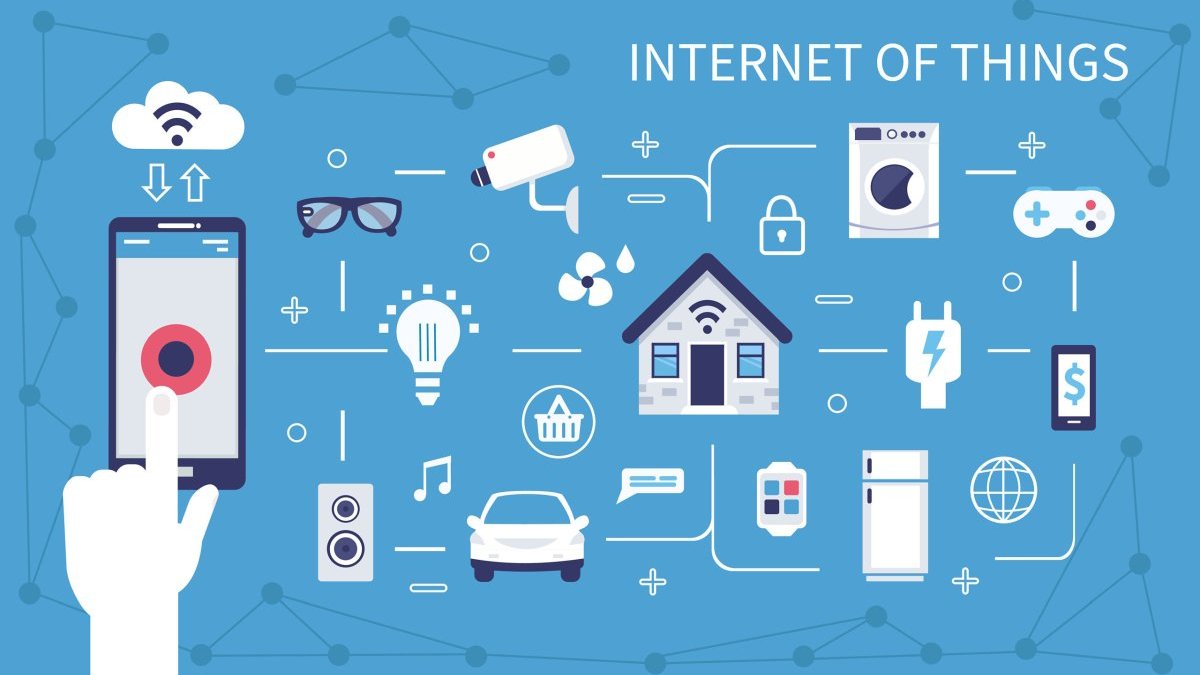
If you’re looking to get up-to-speed on the latest trends and technologies in the Internet of Things (IoT), there are a few great books to check out. Each book in our selection has its own strengths and can help you explore different aspects of IoT design and development.
IoT is a rapidly growing technology that is changing the way we live and work. With so much potential, it’s important to have the right information when making decisions about how to implement and use IoT technology.
What is the IoT (Internet of Things)?
The Internet of Things (IoT) is a network of devices and systems that are interconnected to enable communication and sharing of information. IoT refers to the interconnectedness of physical objects, vehicles, buildings, and other things. The IoT has the potential to improve how we live and work by making our physical world more connected and automated.
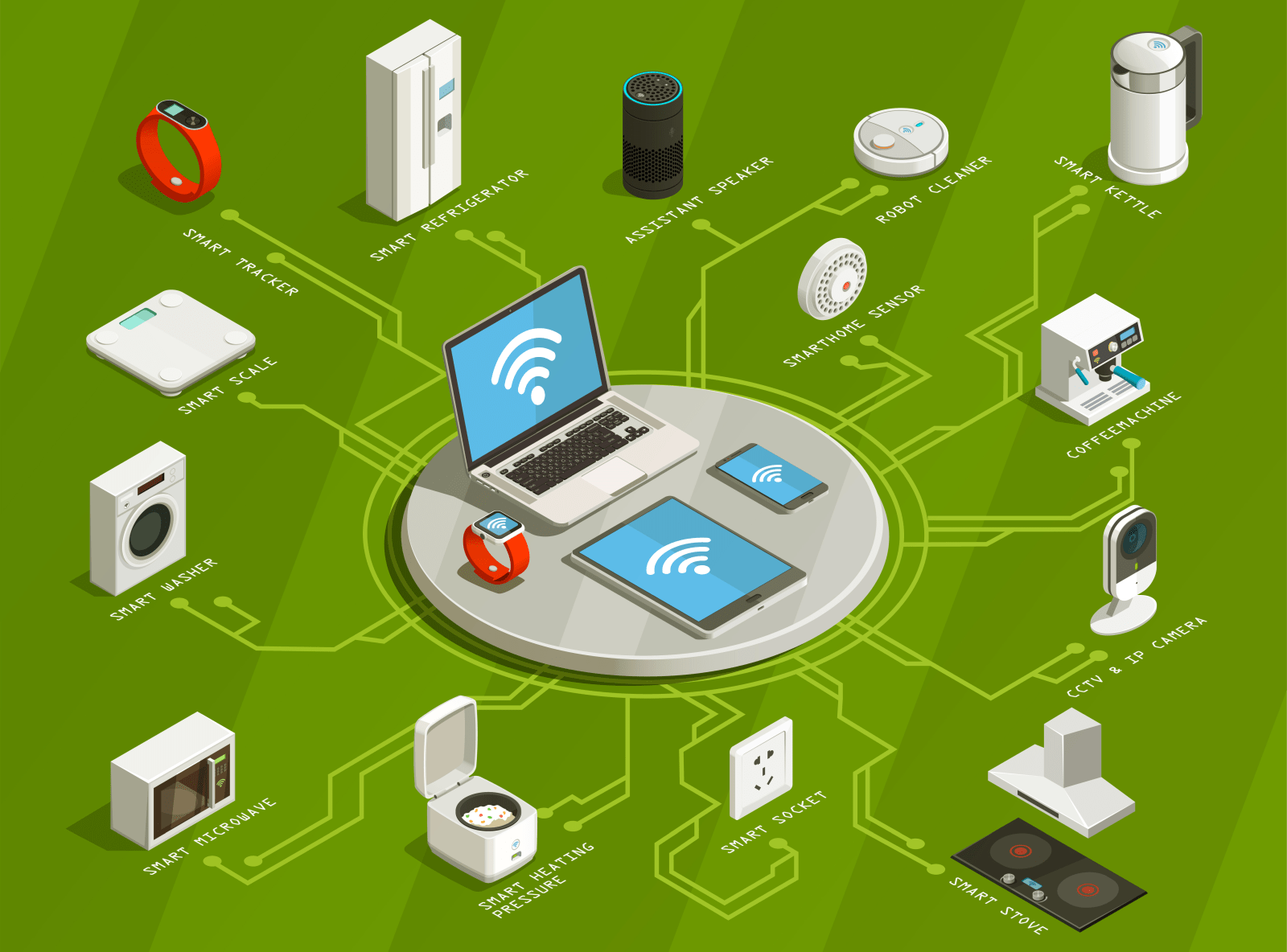
IoT has several benefits for businesses. It can help companies reduce costs by automating processes and improving efficiency. It can also help companies gather information about their customers and products. Finally, it can create new customer relationships by enabling customer feedback mechanisms.
There are several challenges that must be addressed when implementing IoT into a business. For example, security issues must be considered when connecting devices to the internet.
Here are some real life samples for IoT:
- Smart home automation – You connect your Smart TV, lighting and thermostat to your phone and with an app like Homey you can make logics and flows that will handle these tools autonomously
- Wearables – These tools monitor your health and provide assistance to improve your well-being
- Smart connected cars – They connect to their carmaker’s system to provide data and manage your cars security like KIA’s UVO system
- Smart cities – Based on transit data or morning-afternoon routine, traffic controls (like traffic lights) could be adjusted automatically
Why isn’t IoT still not mainstream?
After all, the Internet of Things (IoT) is about connecting devices to the internet so they can share data and intelligence. But there’s one big problem. Integrating IoT devices into our existing infrastructure is hard. And that’s because most IoT devices don’t have standard interfaces.
So instead of just plugging them in and letting them work, we have to figure out how to communicate with them, often through custom code or third-party platforms. Just giving an example, if you have a Samsung phone and you buy a random smart thermostat there is no 100% guarantee that it will work with your device, since your phone should have a matching app for this purpose.
This makes developing and deploying IoT solutions cumbersome and time-consuming. In fact, according to Gartner, it will take until 2020 for 90% of companies to deploy an IoT solution. So far, the benefits of IoT are largely unrealized. We need more manufacturers to adopt standards so that interoperability between devices becomes easier.
But we all agree in one thing, IoT has a bright future if the standard protocols and the flexibility between devices evolve.
Now let’s see the most important topics and IoT books in our list:
What Are The Top IoT Books?
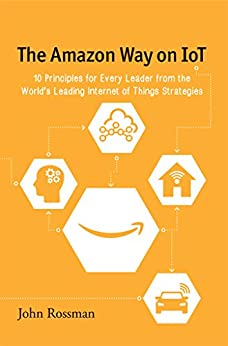
The Amazon Way on IoT, by John Rossman
If you’re like most people, you probably think of Amazon Alexa as nothing more than a digital assistant that can play music and tell you the weather. But what you may not know is that Alexa is also a powerful tool for the Internet of Things.
Alexa has the ability to control many different IoT devices, including lights, locks, thermostats, and even cars. This makes her a valuable asset for both homeowners and businesses. For example, a business could use Alexa to turn on the lights in their office in the morning or to unlock the door after hours.
Homeowners can also take advantage of Alexa’s capabilities by using her to control their smart home devices.
In this book the author reveals the future vision of Amazon with IoT and Alexa. Their approach is not just about business but also a complex strategy for future business processes.
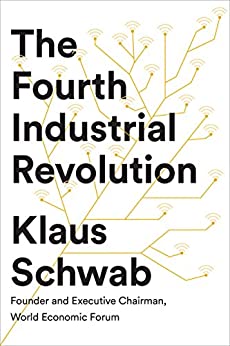
The Fourth Industrial Revolution, by Professor Dr.-Ing. Klaus Schwab
Klaus Schwab, Founder and Executive Chairman of the World Economic Forum, notes that we are in the middle of the fourth industrial revolution. This revolution is different in scale, scope and complexity from anything we’ve seen previously. Characterized by a range of new technologies that are merging the physical, digital and biological realms. The changes are influencing every discipline, industry, economy, and nation, and even challenging our ideas of what being human means.
AI is already found in computers, drones, virtual assistants, and 3D printers to DNA sequencing, smart home assistants, smart devices, and microchips smaller than a grain of sand. Schwab reveals the fundamental technologies driving this revolution and discusses the most important expected effects on authorities, business, civil society, and individuals. Schwab also provides bold ideas on how to harness these changes. The author argues the progress serves society rather than disrupts it and in which innovation is pursued.
I would highly recommend this work among many IoT books to anyone interested in the future of technology and society.
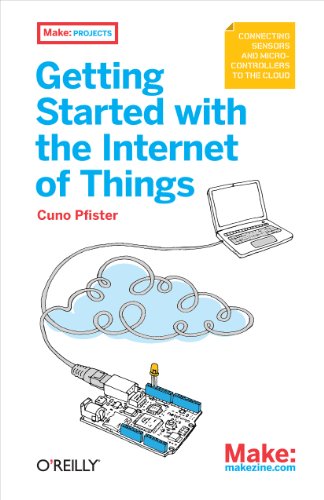
Getting Started with the Internet of Things: Connecting Sensors and Microcontrollers to the Cloud (Make: Projects), by Cuno Pfister
Internet of Things refers to innumerable interconnected computer systems, sensor devices, and actuators.
Use the .NET Framework and Netduino Plus to create and program embedded devices. Connect them to a network by running them on the Pachube cloud platform and sharing real-time sensor data with them in real time.
If you’re looking to get started with the IoT, this is the perfect guide for you. It’s filled with hands-on projects that will show you how to start building your own fun and fascinating projects. You don’t need any prior experience or knowledge to get started, and the author takes you step-by-step through each project. I really enjoyed working through this guide, and I learned a lot in the process.
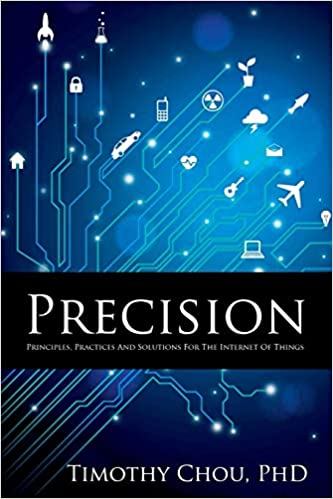
Precision: Principles, Practices and Solutions for the Internet of Things, by Timothy Chou
Dr. Timothy Chou developed Precision to help educate us regarding the basics of the industrial Internet of Things.
In the first part Dr. Chou then summarizes the framework’s fundamental themes and these ideas are put into practice.
The second part showcases Dr. Chou’s Internet of Things implementation by featuring 14 practical solutions for companies developing precision-building machines and organizations that utilize their precision machines.
I was really impressed with the depth and breadth of case studies that Precision covered. The case studies discussed span a number of industries such as power, water, healthcare, transportation, oil & gas, construction, agriculture, gene sequencing. Each case study was extremely well written and provided great insights into how Precision has helped businesses in various industries overcome challenges and achieve success. I would definitely recommend the book to anyone looking for comprehensive knowledge that provide real-world insights.
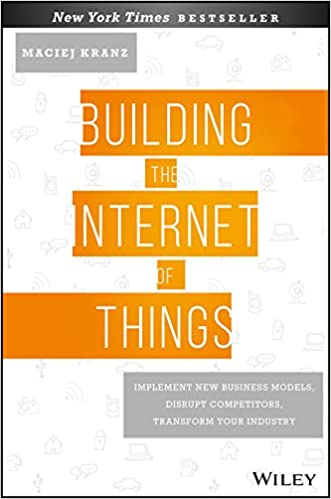
Building the Internet of Things, by Maciej Kranz
IoT is still in its early days and presents a vast array of opportunities for businesses that are willing to invest in the technology. McKinsey has found that the impact of IoT on global economic growth will be significant, with total value creation estimated at $11 trillion by 2025.
In order to connect your organization to the Internet of Things, you need a strategy and a proven implementation plan. Organizations that are successful in connecting to the IoT use a variety of technologies and devices to collect and analyze data. They also have the ability to quickly adapt to new changes and developments in the IoT marketplace.
A successful IoT deployment requires a clear understanding of what business objectives you hope to achieve. Once you know your objectives, you can develop a strategy for connecting your devices and systems. In this book you will find the most essential guidelines to achieve tangible business advantages with IoT.
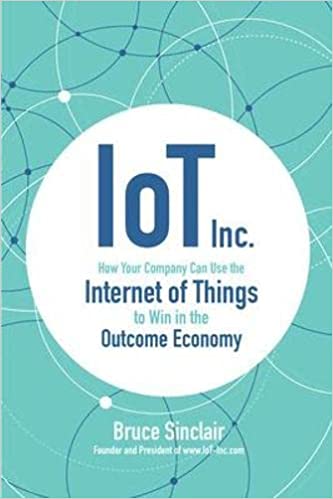
IoT Inc: How Your Company Can Use the Internet of Things to Win in the Outcome Economy, by Bruce Sinclair
Smart products you can trust are climbing to the top of our daily life. They’re in enterprises, houses, pockets, and on people. And you know what people love them! The Internet of Things is where products are transformed into software.
This book demonstrates how to set up your company in this new network and lead it like a business leader. Once you read through this subject, you’ll surpass your competition.
Bruce Sinclair has been providing professional service around the subject of IoT work for over 10 years now, arguably a lot longer than the term “IoT” has actually been around.
If you’re looking to get started in the world of IoT, or if you’re just curious about what it is and how it works, this essential guide for business owners. IoT Inc is one of the best IoT books on Amazon. It provides an in-depth look. How it works and how it is transforming business? Methods for seeing your own business, customer base, and supply chain through an IoT lens. And ways to capitalize on the opportunities that IoT presents.

Build Your Own IoT Platform: Develop a Fully Flexible and Scalable Internet of Things Platform in 24 Hours, by Anand Tamboli
To discover how every solution in some way relevant to the IoT demands a platform, and how to create that platform, read this book. It’s about how to remain agile and successfully limit the time required to complete a product. This IoT book reveals how it is to design something that changes incrementally without having to spend a lot of money and time altering the original design.
The author exposes the bubble of IoT platforms and explains what IoT platform is all about. The greatest money-saver and the least challenging experience are building your own IoT node. Develop an adaptable framework, construct a redundant communication system, prioritize system performance needs.

The IoT Hacker’s Handbook: A Practical Guide to Hacking the Internet of Things, by Aditya Gupta
When seeing the risk of IoT from a programmer’s point of view we need to analyze the risks of the IoT configuration and the devices attached to the network. In this book you’ll examine the inner workings of the architecture’s central components, from hardware interfaces, such as UART and SPI, to radio protocols, such as BLE or ZigBee.
The IoT Hacker’s Handbook explains how IoT devices can be exploited, explores more about how they work, and provides steps to build a secure device.
The IoT Hacker’s Handbook is a comprehensive guide to the security side of the Internet of Things. It provides an in-depth look at the various security issues that can arise with IoT devices and offers practical solutions for mitigating these risks. The book is well written and easy to understand, making it an ideal reference for anyone working with IoT devices. I would highly recommend this book to anyone interested in learning more about the security implications of the IoT.
Final Thoughts on the Best IoT Books
In conclusion, the above IoT books are a great starting point for anyone looking to learn more about the Internet of Things. Whether you’re a business executive, engineer, or student, there’s something here for everyone. Pick up the right one today and start learning!
You can also check our favorite Web 3 books to find some interesting trends in the decentralized world.
